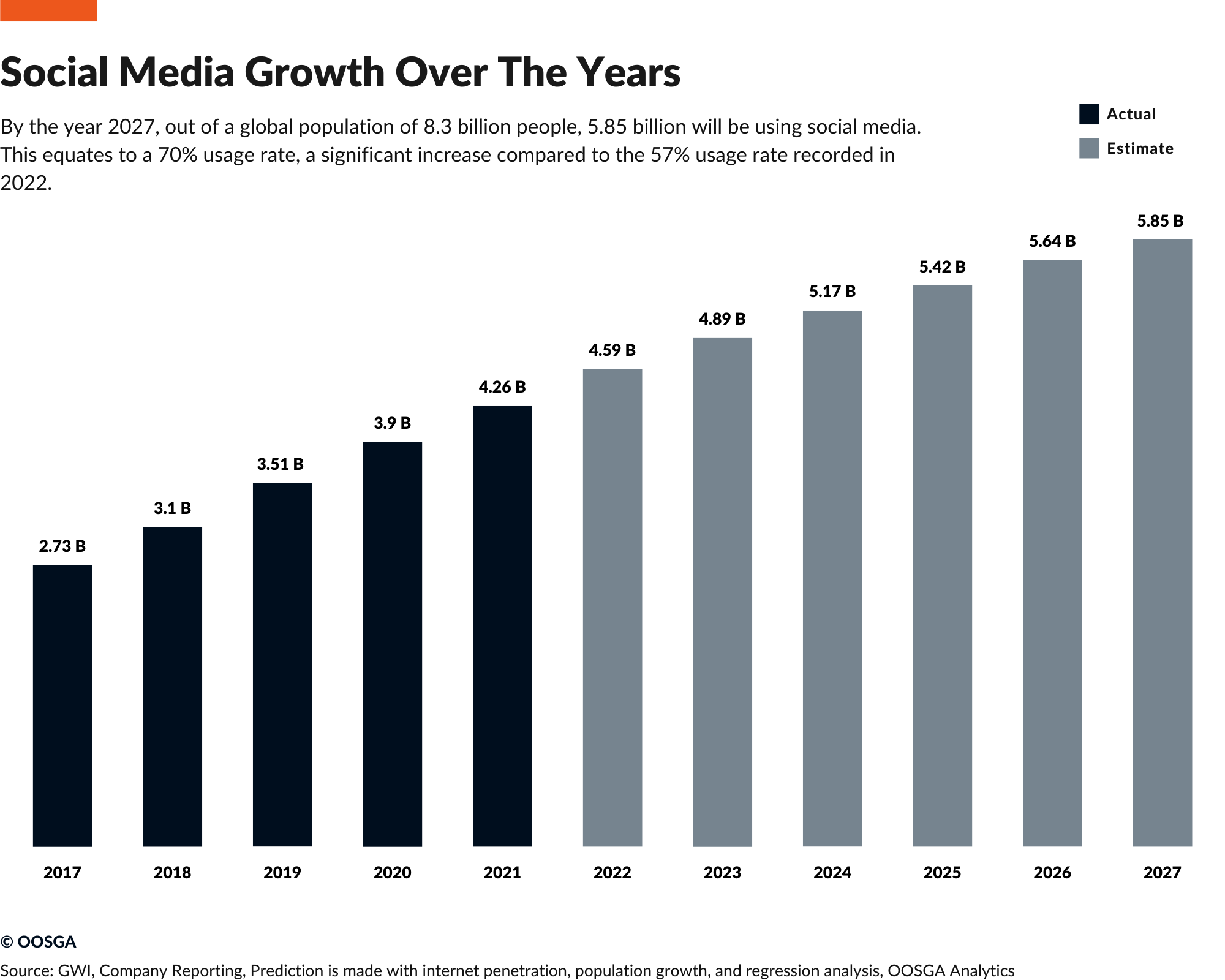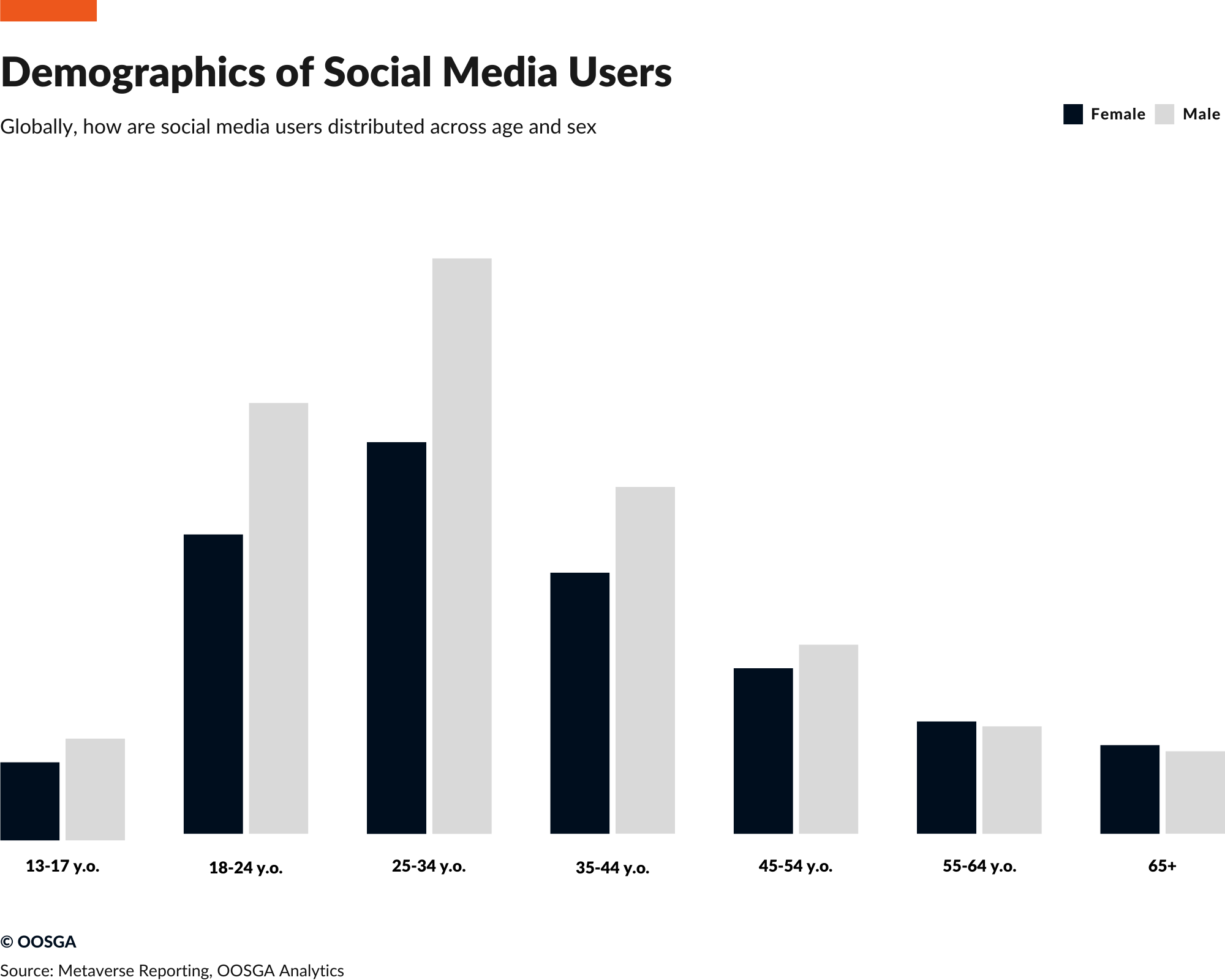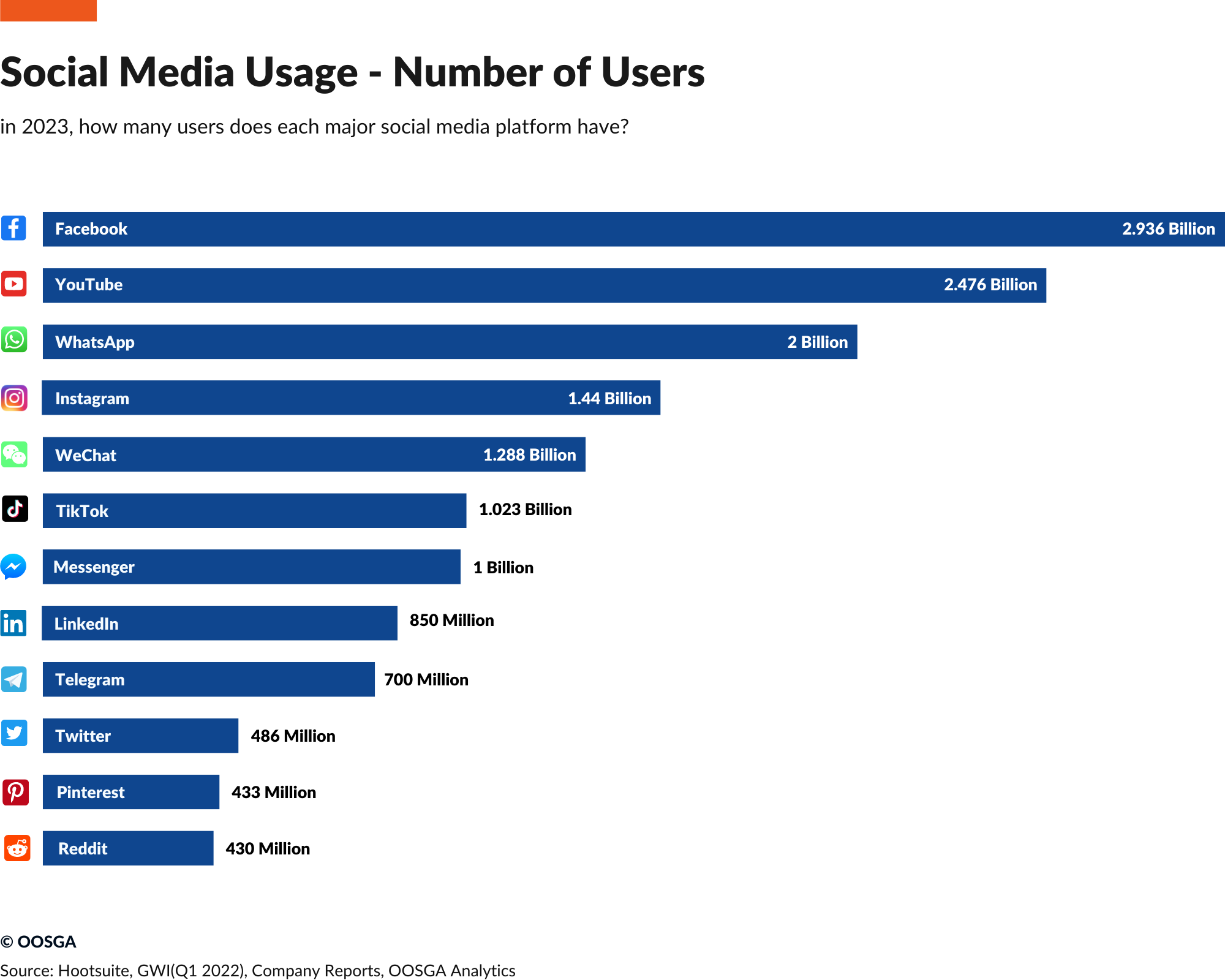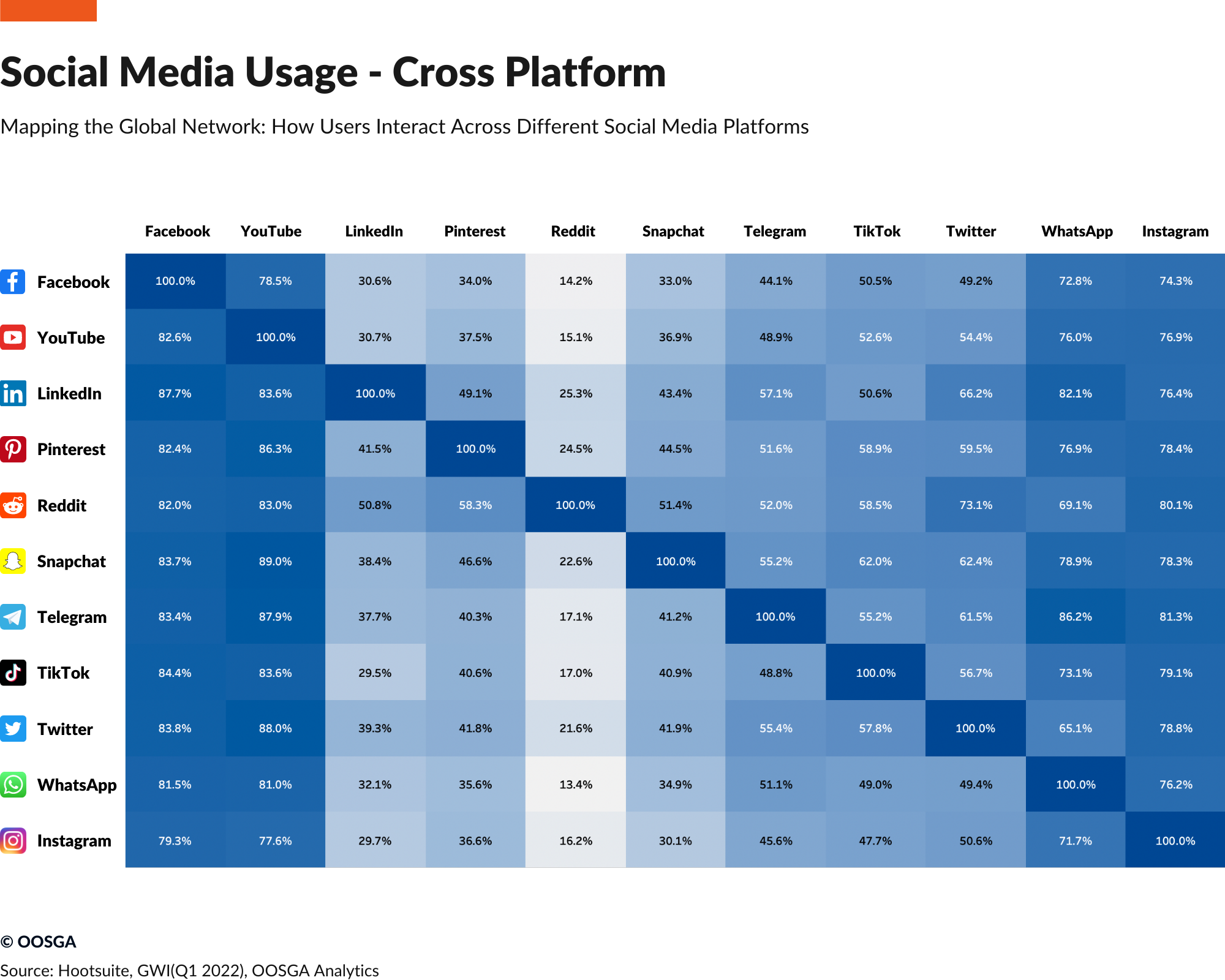Connect With Authors
*Your message will be sent straight to the team/individual responsible for the article.
At present, social media is a means for citizens of all ages around the world to receive new information, express opinions, maintain contact with family, and even meet new friends.
After Zuckerberg founded Facebook in 2004, the concept of social media, an online networking platform, gradually entered the mainstream. In less than 20 years, 60% of the world’s population of eight billion have social media accounts, which have transformed our lives in various ways.


In the world of social media platforms, Facebook has been the platform with the most users, the highest advertising revenue, and the most dominant position since its inception. In 2022, it had nearly 3 billion active users and 68.4 billion USD in advertising revenue. Its sister platform, Instagram, also had a total user base of nearly 1.29 billion and advertising revenue of 43.3 billion USD.


How are these major social media platform doing across the world? We consolidated data across 30+ data offices and our own research to answer that.
With the increasing popularity of social media, its impact on political governance, markets, and interpersonal connections is becoming increasingly serious. In recent years, driven by advances in technology, policy changes, and shifts in user habits, several major trends have emerged in social media, prompting policymakers, marketers, and related institutions to update their strategic directions. Our team believes that, as of 2023, social media will be primarily dominated by six trends shaping future changes:
Over the past few years, social media has played a critical role in a country’s political stability (or instability). At the start of the pandemic, a lot of misinformation was spreading on social media. The platforms themselves lacked mechanisms and resources to implement fact-checking, leading to large-scale pandemic protest events in many countries.
The recent more sensational Capitol Hill incident put the impact of social media on political stability under a magnifying glass for study. Even in China, which has a strict censorship system, user content on social media like TikTok, WeChat, and Kuaishou sparked a nationwide white paper movement.
In some contexts, social media is also seen as influenced by government agencies, used to infiltrate foreign citizens’ thoughts and gain access to their personal information. This is why the Moscow government banned Facebook after its invasion of Ukraine. It is also a factor in Congress’s efforts to stop TikTok’s expansion in the U.S. in recent years.
In the future, public sector institutions will participate more in the regulation of social media operations. For instance, California recently introduced a bill to implement transparency in data and management on social media platforms. The European Union also introduced a Digital Services Act at the end of 2022, implementing a series of disclosure mechanisms that social media should follow.
Building on this, content on social media will face further and more comprehensive regulation gradually being rolled out.
For businesses, social media is not just a marketing tool; it’s also a channel for direct customer interaction. The main driver behind this is that consumers’ current communication channels are increasingly shifting towards social media.
Due to the unpredictability of algorithms, many customer complaints can potentially become a company’s PR nightmare overnight.
However, for businesses, implementing interaction and service on social media is not just a means of handling criticism; it can also be a window for further serving customers.
More traditional SaaS customer service platforms, previously applied to email or phone, are also starting to integrate with Twitter, Facebook,
Integrated data published from various community platforms, data provided by related API vendors, and other third-party reports, the following is a snapshot of global social media statistics updated for 2023.
Our CR team is dedicated to keeping a pulse on the ever-evolving demographics and behavior of consumers globally. We stay informed on the latest trends and developments across major economies to ensure that we are providing the most up-to-date insights for our clients